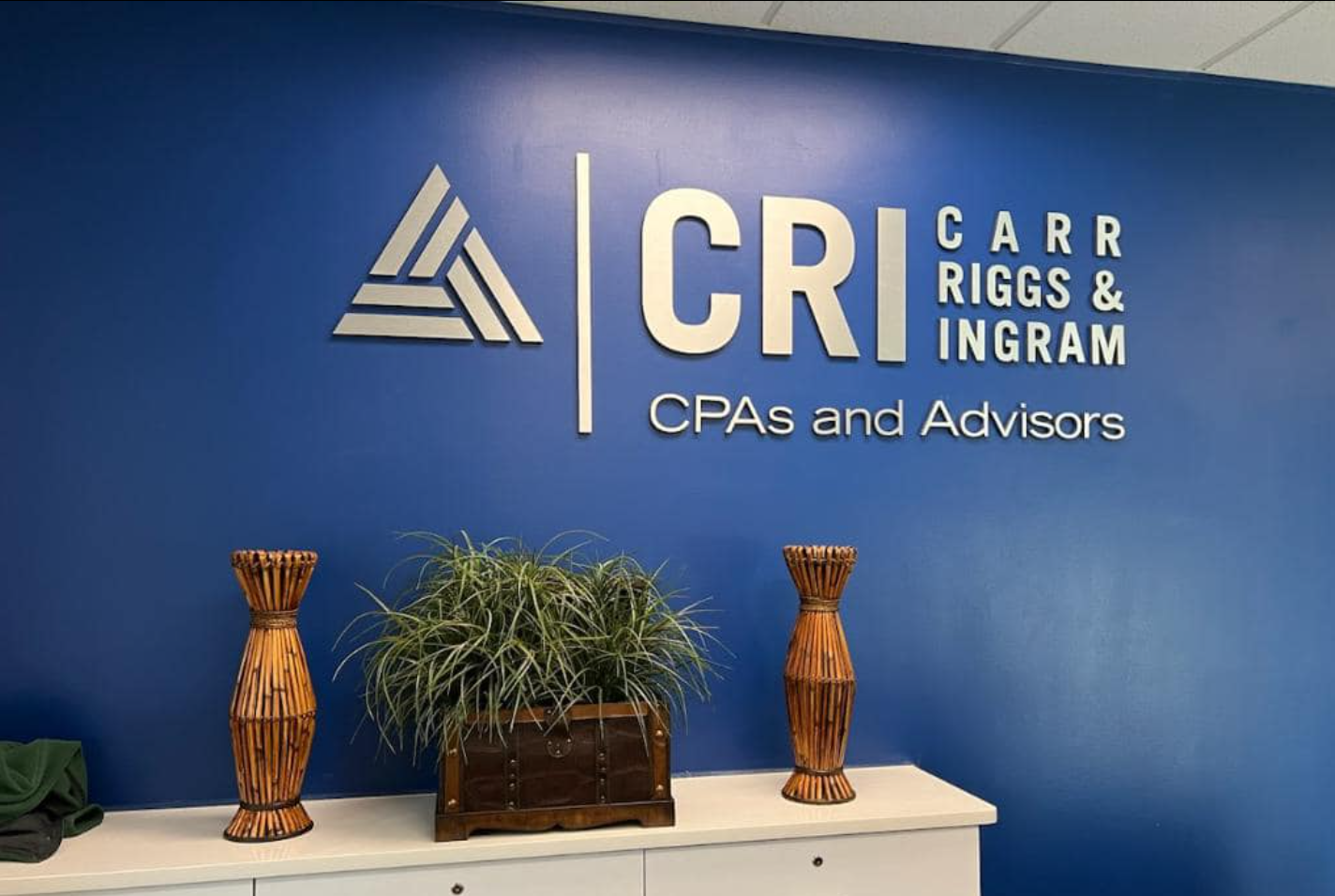This is Part 4 of a 4-part series.
Read Part 1. | Read Part 2. | Read Part 3.
Migrating Historic and Open Transactions
A big decision during the implementation is – “what data and how much history is necessary at go-live? ” Although this may appear to be a simple question, it can significantly impact implementation timelines and efforts. Broadly speaking companies have 3 options:
- No migration: revenue automation will be used only for “new” transactions after go-live.
- Opening balances migration: migrating open transactions (e.g. orders, invoices, etc.) associated with balances on the balance sheet at the go-live date (e.g. deferred revenue, unbilled, etc.).
- Historic migration: migrating transactions (e.g. orders, invoices, etc.). associated with revenue that has been fully recognized in the past under ASC 605 and translating those to ASC 606.
Although option 1 is the simplest and quickest, as it largely avoids any data migration, option 2 is probably the most preferred approach for our clients. Having the contracts associated with opening balances available in the system will reduce manual work later if there are contract modifications. Also, many companies prefer to have all on-going transactions in one system. We typically would discourage option 3 – although you will need to analyze historical transactions and determine the accounting under ASC 606 for reporting purposes, processing each transaction in the new system may be difficult and time consuming. You also may not have all the data available to process the transactions under ASC 606. If you have limited time to adoption, you may find it quicker to evaluate these transactions outside the system in a manual approach. In addition, if you don’t plan to rely on the system to process these historical transactions, you can get a head start on the ASC 606 adoption analysis, doing it in parallel to the implementation process.
So how should you choose between options 1 and 2? The decision depends on:
. What is your implementation timeline?
. How complex would it be to migrate open transactions compared to managing the balance sheet run-off in the current manual processes?
. How long will it take for the open balances to run-off to zero?
. How often do you have contract modifications related to prior year transactions?
Improving your Process Over Time
As the saying goes, “life is a journey, not a destination”. There are some truths to this that apply to revenue automation. There are many pressures to automate revenue in accelerated timelines. This objective is often translated into “having everything fully automated”, which is a very high-bar that may not be achievable given time, resource and budget constraints. We encourage our clients to view revenue automation as a journey – a journey for which we can make significant strides in the short term, but more work will be necessary to achieve “the goal”. This is also consistent with other process improvement methodologies, which focus on continuous or agile improvement verses a one-off big-bang fix.
How should you view this journey? There are several aspects to revenue automation to consider that can enable significant short- term improvement. You can then improve on your masterpiece over time.
Manage your scope: trying to automate 100% of the population can be a very sizable goal. We recommend applying the 80:20 rule. With revenue, there are often numerous corner cases; trying to automate every possible scenario could significantly complicate and extend an implementation. Furthermore, garnering early wins can secure engagement and support to tackle more complex challenges that may come.
Park the uncertain: this is particularly true under the new ASC 606 standard. If you have significant uncertainty around certain transaction types or use-cases, consider automating these later. Don’t delay the entire implementation for the sake of a few uncertain revenue scenarios.
Some manual work is ok: the desire for “no touch” revenue automation is both a high, and in some cases unachievable, bar. There are some revenue situations that, no matter how sophisticated the automation, will require manual intervention. In other cases, such as when data may not be available, implementing manual steps to capture the data may be the best and fastest approach to automate revenue, especially with short timelines. Therefore, expecting and planning for some manual work allows for more realistic implementation timelines and helps manage user expectations.
In closing, we recommend revenue automation and recognize that it provides significant benefit and value to companies. However, effective automation, especially with the new ASC 606 standard will require your approach to combine the “science” of system implementations with the “art” of managing the unknown and unexpected. Use the lessons and considerations in this series to plan and execute your automation projects and leverage your community of peers to share and learn from their experiences. There are many paths to achieve revenue automation, hopefully the lessons above help you determine the path most suitable for your situation.
Interested in reading the full Art & Science of Revenue Automation white paper? Download here: Art & Science or Revenue Automation.
————-
Jason Pikoos is a Partner at Connor Group and leads the Financial Operations practice. Jason brings over 15 years of accounting and operational experience, working with high-growth and technology companies. As the Financial Operations leader at Connor Group, Jason has helped and guide over 30 companies in preparing for being public, planning and managing their IPO plan and/or improving operations and controls shortly after the IPO. Jason is an expert in helping clients drive business transformation through improved processes, systems, controls and organizational changes. Jason works across all finance and accounting functions, helping clients define their business strategy/goals and aligning resources and stakeholders to achieve desired business objectives. Jason’s focus is on high-growth and technology companies.
Connor Group has assisted 30+ companies with adoption of the ASC 606 standard and delivered 20,000+ hours on ASC 606 projects. Connor Group has helped 100’s of companies navigate the complexities of revenue recognition. We are in the forefront of ASC 606 guidance and adoption, participating in the drafting process of the standard through comment letters, roundtables and direct FASB discussions.
Thanks for reading CPA Practice Advisor!
Subscribe Already registered? Log In
Need more information? Read the FAQs



